“Comprehensive Class 6 NCERT Science study notes covering key chapters, concepts, and important topics. Perfect for students to build a strong understanding of science fundamentals and excel in their studies.”
Chapter 1: Food: Where Does It Come From?
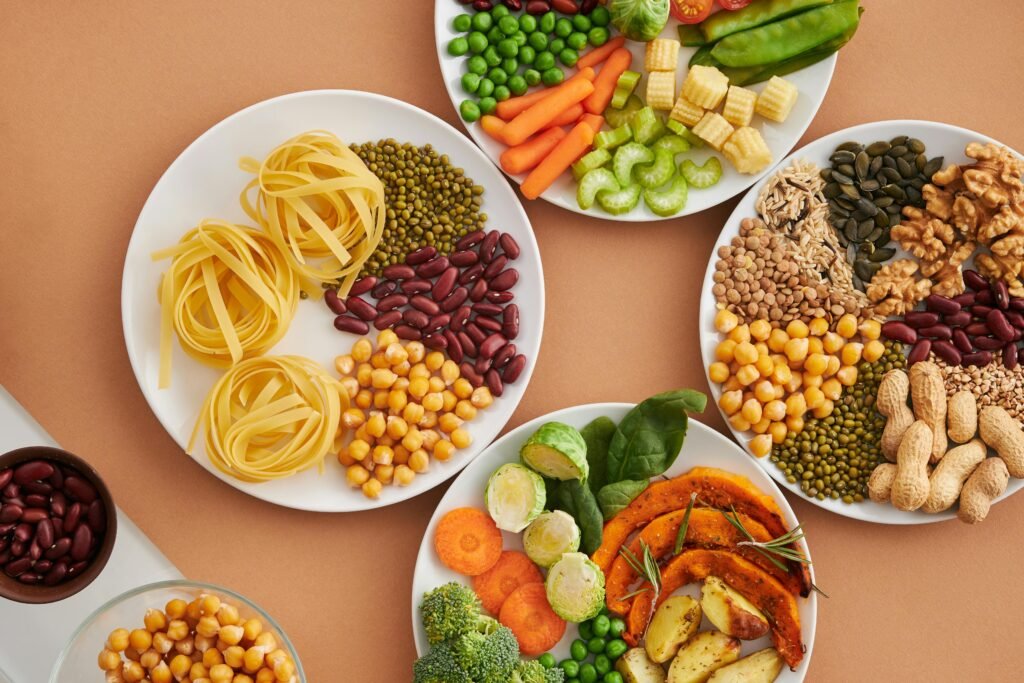
- Food is essential for growth, energy and development.
- We get food from plants and animals.
- Plants provide fruits, vegetables, and grains, while animals provide milk, meat, and eggs.
- Some plants and animals are used for food production by humans.
Chapter 2: Components of Food
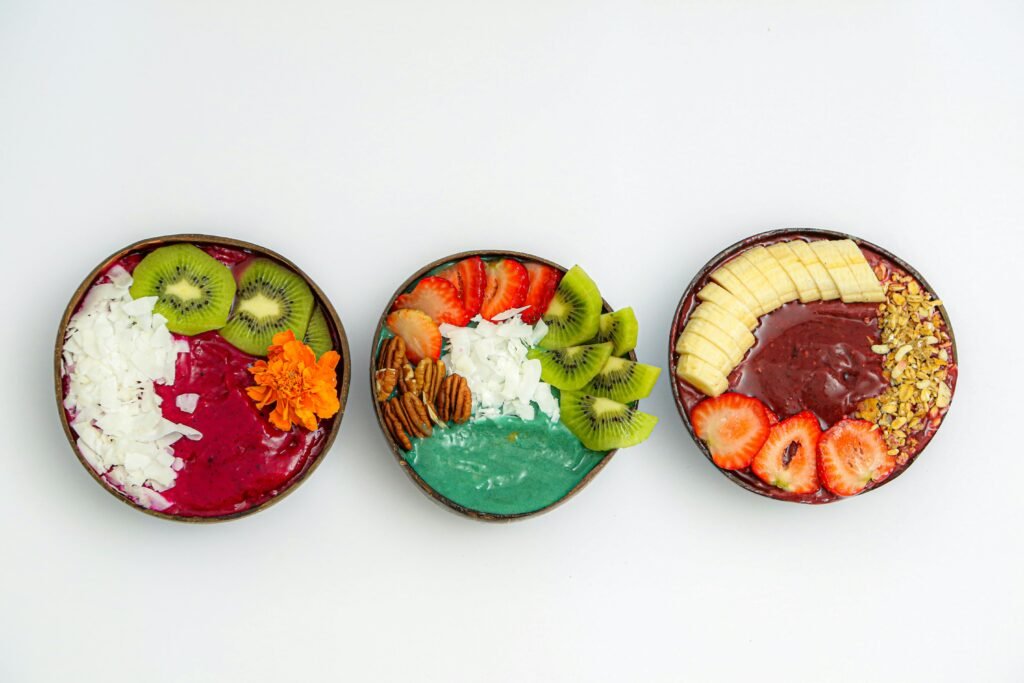
- Food is made up of nutrients: carbohydrates, proteins, fats, vitamins, and minerals.
- Carbohydrates give energy, proteins help in growth and repair, fats store energy, and vitamins and minerals help in proper body functions.
- Water and Roughage (fiber) are important for digestion.
Chapter 3: Fibre to Fabric
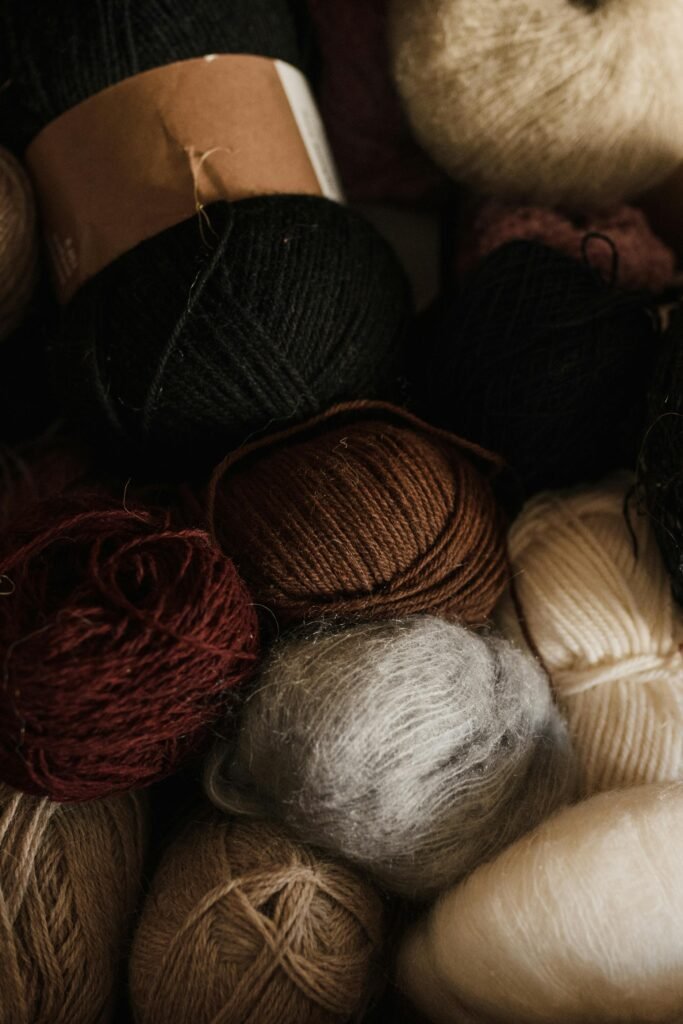
- Fibre is a natural thread-like material obtained from plants and animals.
- Cotton, jute, wool, and silk are examples of natural fibers.
- These fibers are used to make clothes and other textiles.
- The process of turning fibers into fabric involves spinning and weaving.
Chapter 4: Sorting Materials Into Groups
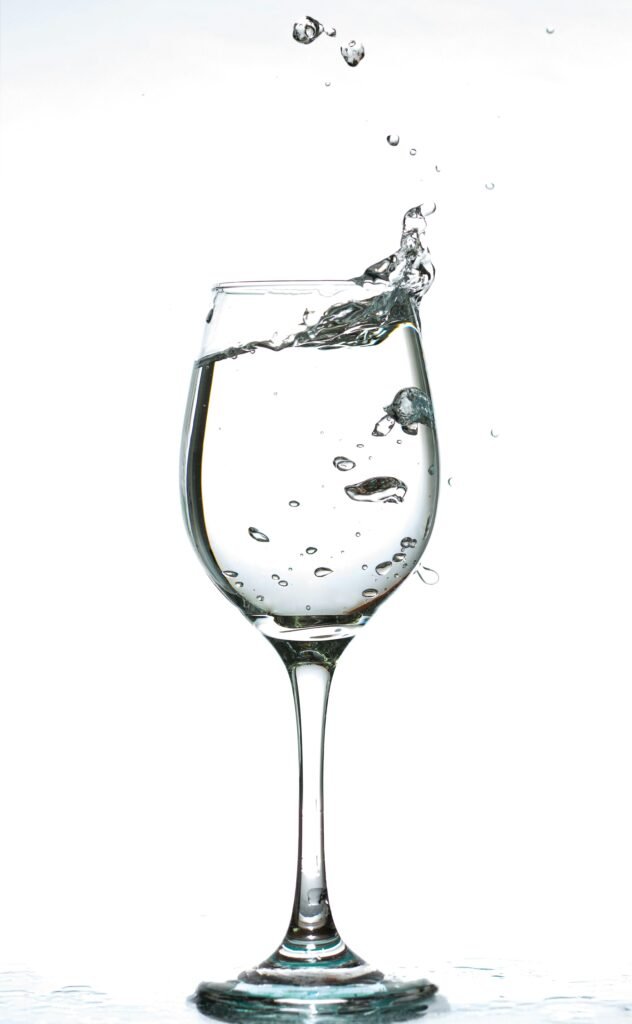
- Materials can be classified based on their properties like texture, color, shape, and hardness.
- Materials are categorized into solid, liquid, and gas.
- Objects can be grouped as per their uses, such as for construction, cooking, or decoration.
Chapter 5: Separation of Substances
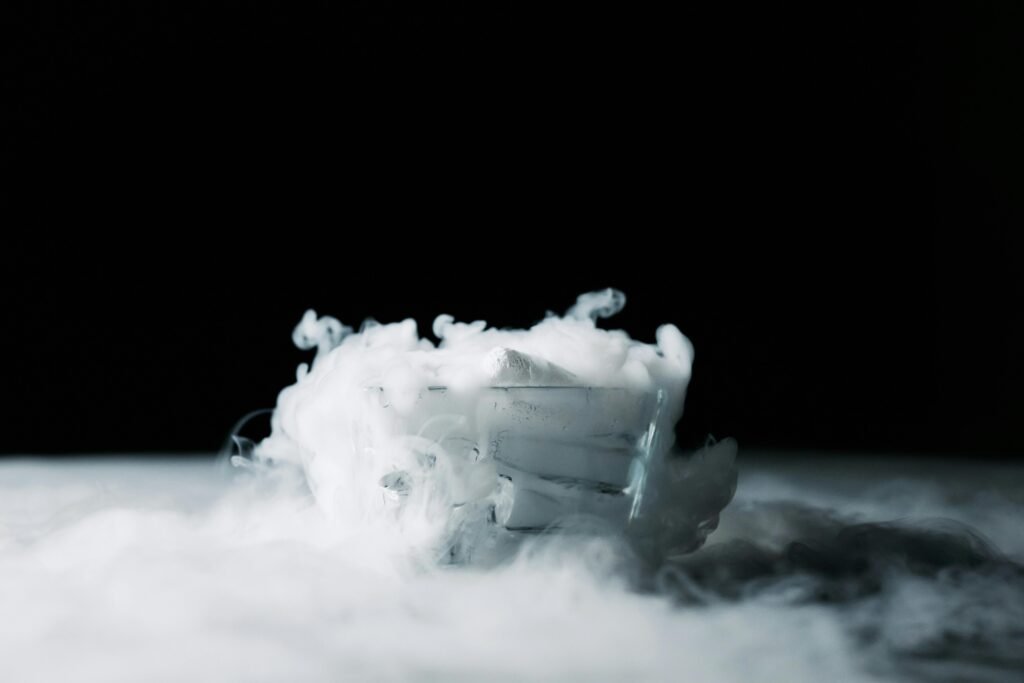
- Different methods of separating substances include filtration, evaporation, and handpicking.
- Solids and liquids can be separated using processes like filtration.
- Liquids can be separated by distillation or evaporation.
Chapter 6: Changes Around Us
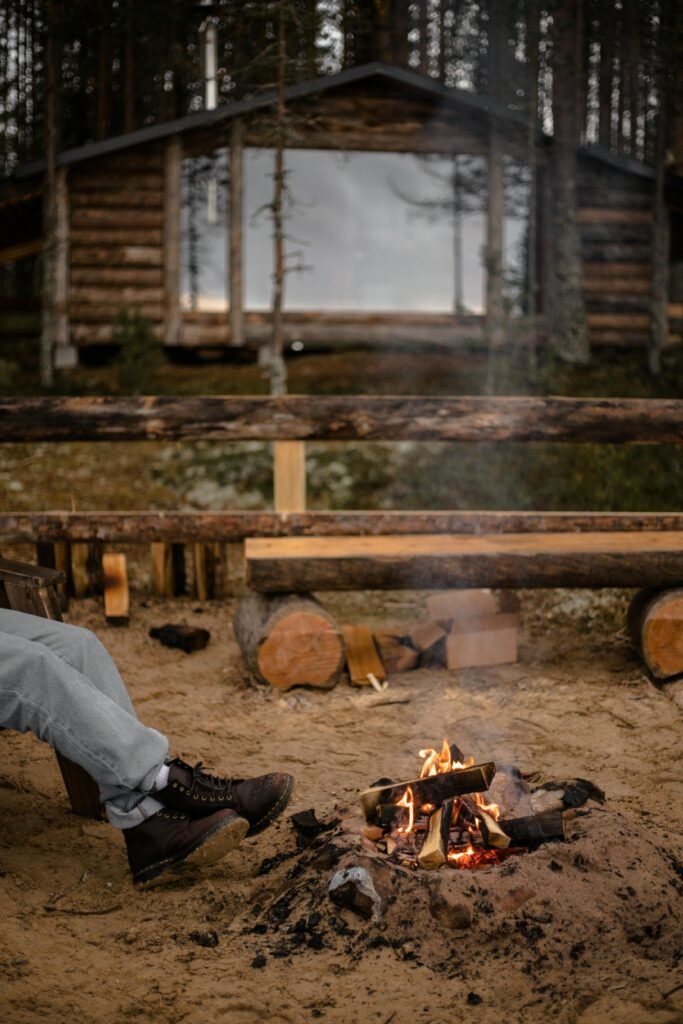
- Materials undergo changes when subjected to heat, pressure, or mixing with other substances.
- Changes can be reversible (like melting ice) or irreversible (like burning wood).
- Physical changes do not form new substances, while chemical changes do.
Chapter 7: Getting to Know Plants
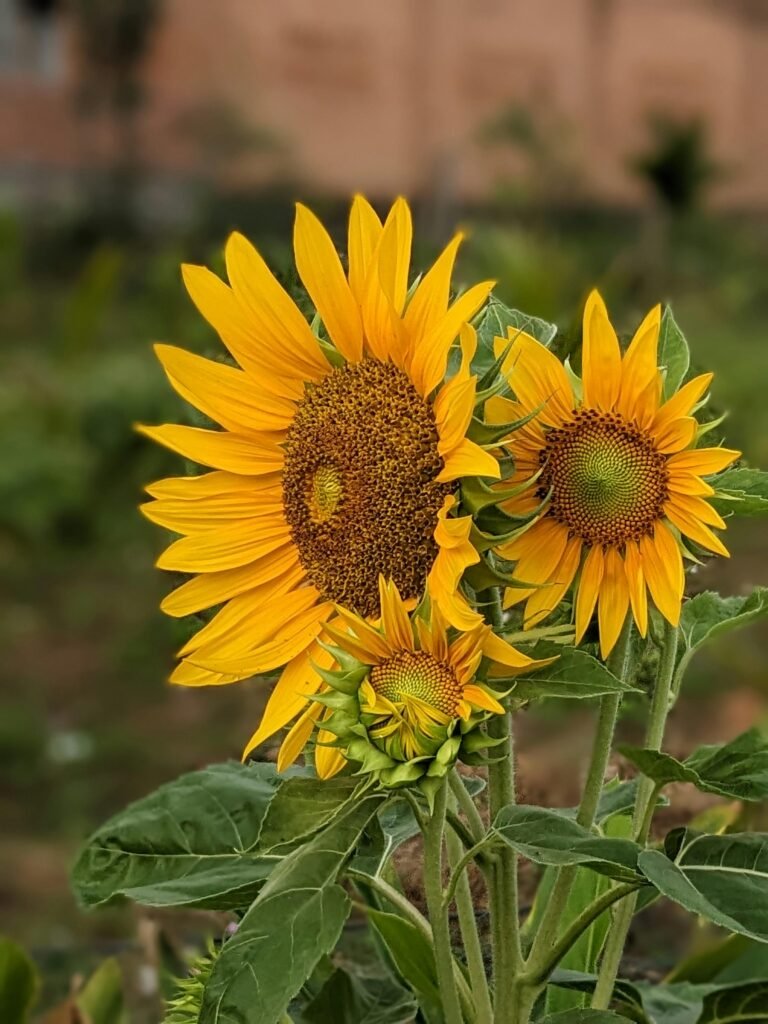
- Plants are classified into herbs, shrubs, and trees based on their size and structure.
- Plants have different parts: roots, stems, leaves, flowers, and fruits.
- Roots anchor plants, stems transport nutrients, leaves prepare food through photosynthesis, and flowers produce seeds.
Chapter 8: Body Movements
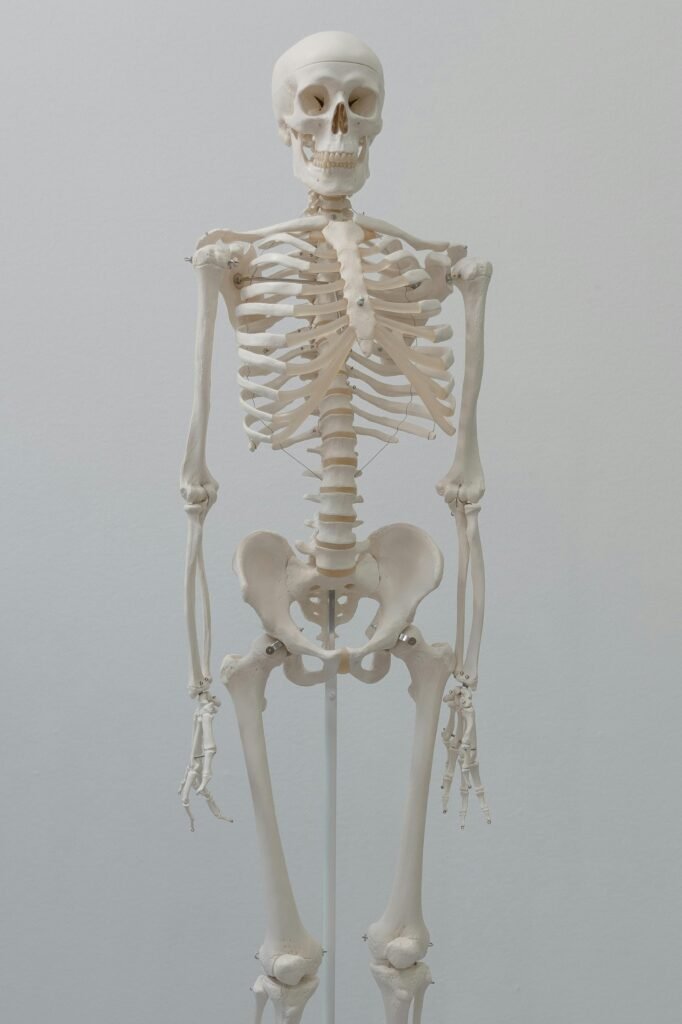
- The human body has a skeleton made up of bones that provide support and protection.
- The joints in the body allow movement. Different types of joints allow different movements (e.g., hinge joint, ball-and-socket joint).
- Animals also have different types of body structures and movements suited to their environment.
Chapter 9: The Living Organisms and Their Surroundings
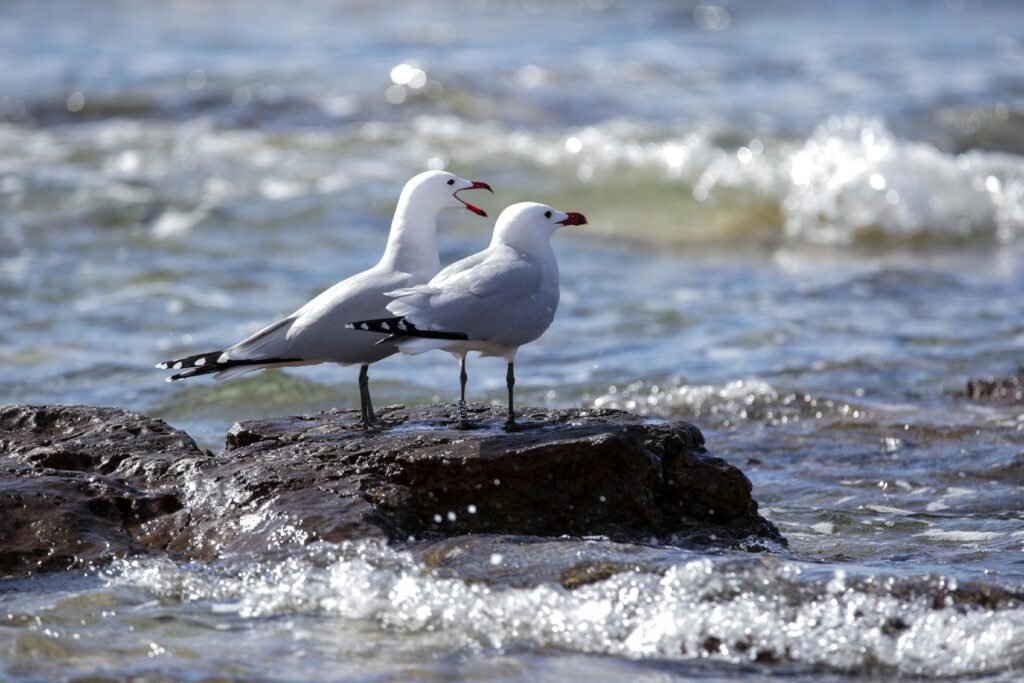
- Living organisms depend on their environment for survival.
- The environment includes air, water, soil, temperature, and other living organisms.
- Adaptations help organisms survive in specific habitats.
Chapter 10: Motion and Measurement of Distances

- Motion refers to the change in the position of an object over time.
- Different units, like meters and kilometers, are used to measure distances.
- Instruments like rulers, measuring tapes, and odometers are used for measurement.
Chapter 11: Light, Shadows, and Reflection

- Light travels in a straight line and can be reflected by mirrors or other surfaces.
- Shadows are formed when an object blocks light.
- The size and shape of the shadow depend on the position of the light source and the object.
Chapter 12: Electricity and Circuits
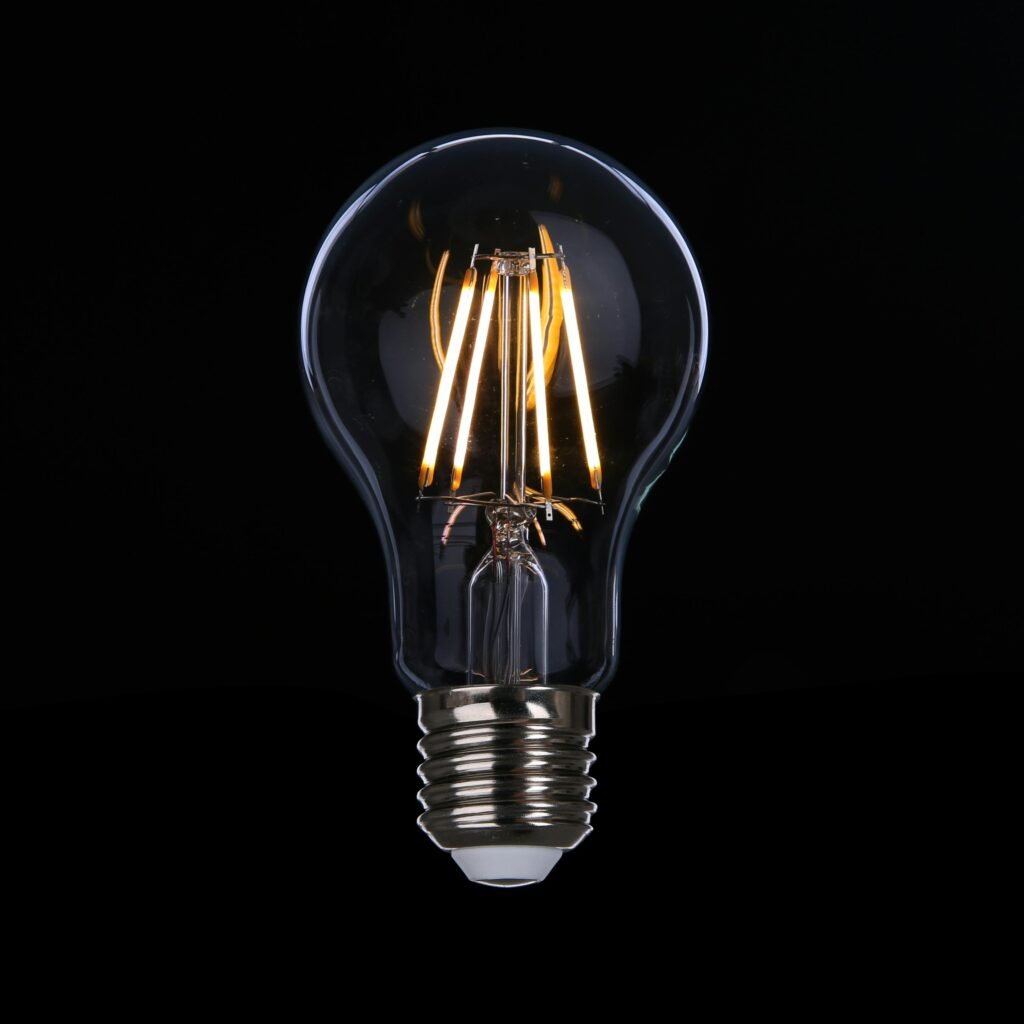
- Electricity is a form of energy that can be used to power devices.
- A circuit is a closed path through which electric current flows.
- Components like bulbs, switches, and wires are used to build simple circuits.
Chapter 13: Fun with Magnets
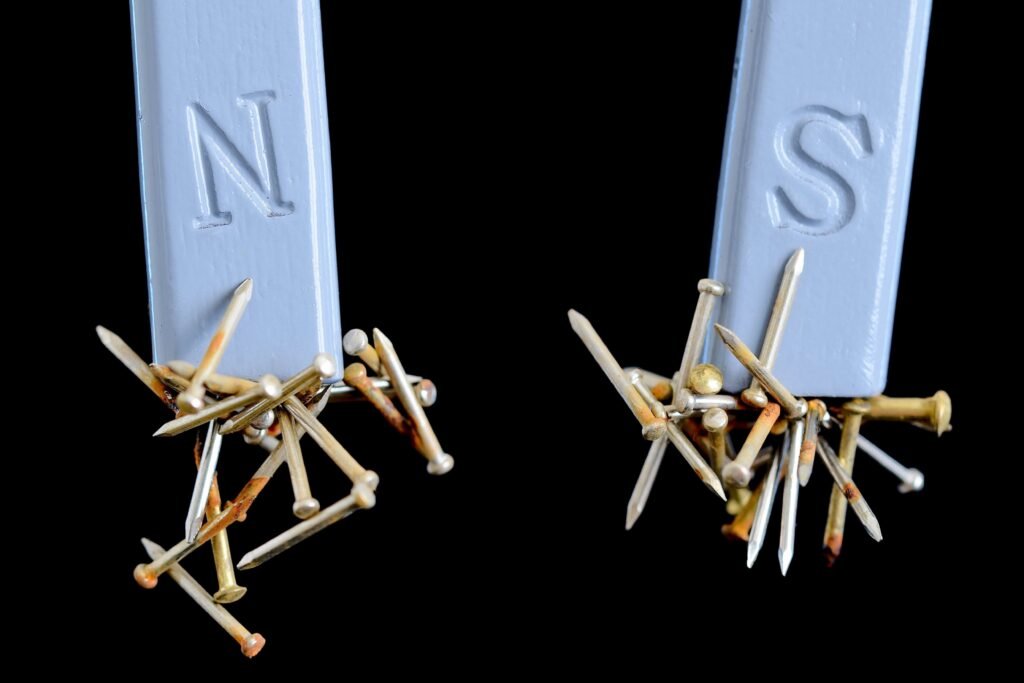
- Magnets attract magnetic materials like iron and steel.
- Magnetic poles always come in pairs (north and south).
- Magnets can be used in various devices like motors, compasses, and magnetic toys.
Chapter 14: Water

- Water is essential for life and exists in three states: solid (ice), liquid, and gas (water vapor).
- The water cycle involves processes like evaporation, condensation, and precipitation.
- Water is also important for various daily activities such as cooking, cleaning, and drinking.
Chapter 15: Air Around Us
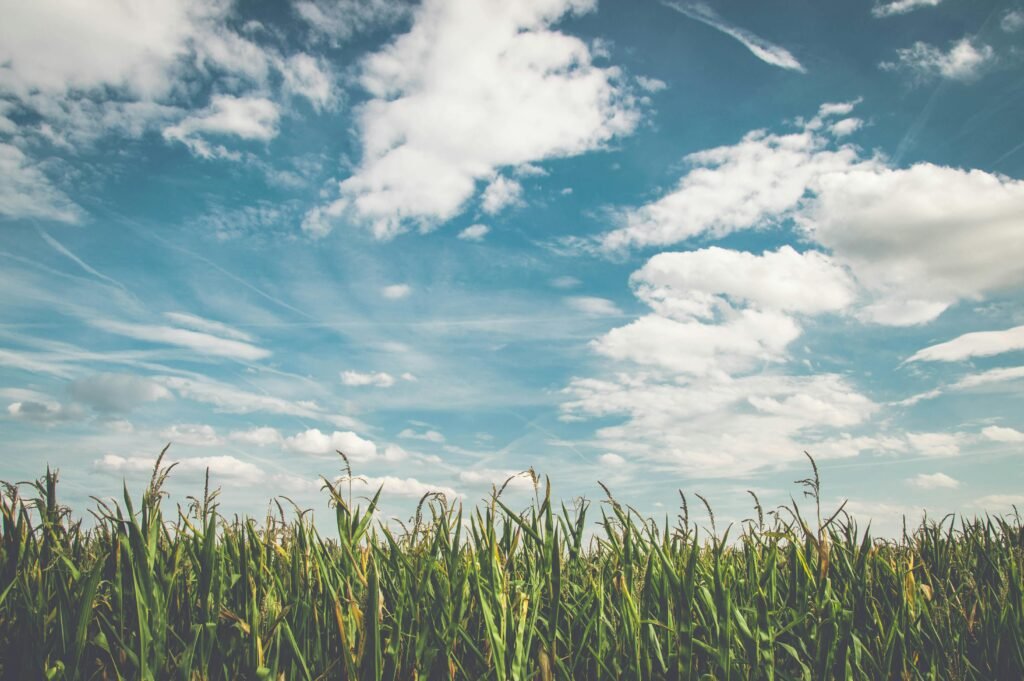
- Air is a mixture of gases, including oxygen, nitrogen, and carbon dioxide.
- Plants release oxygen, which is necessary for life.
- Air is important for breathing, and it moves to create wind.
Chapter 16: Garbage In, Garbage Out
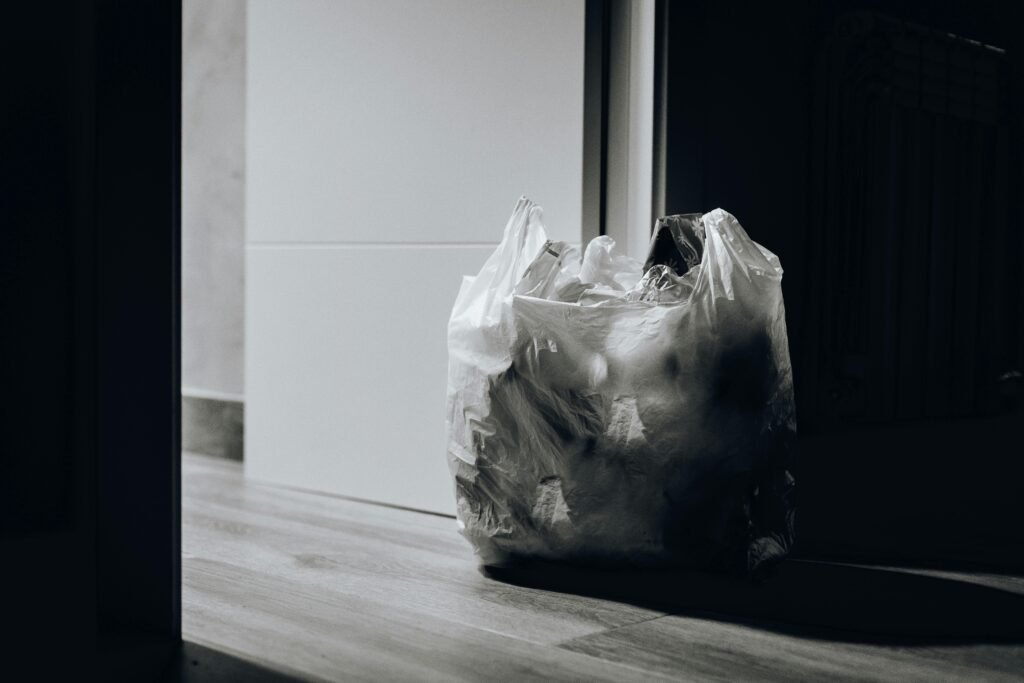
- Garbage is any waste that is discarded.
- Proper waste disposal is important to prevent pollution and protect the environment.
- Methods like composting, recycling, and waste segregation help manage garbage.
Chapter 17: Into the Earth
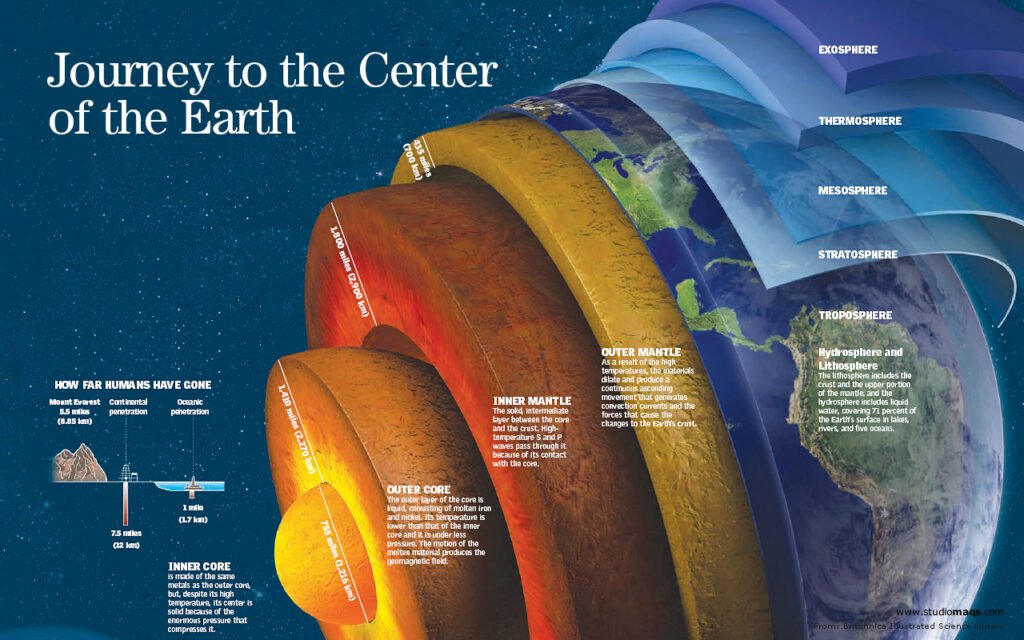
- The Earth is made up of three layers: the crust, mantle, and core.
- The crust is the outermost layer, and it is made up of rocks and minerals.
- The mantle lies beneath the crust and is made up of semi-solid rocks.
- The core is divided into the outer core and inner core. The outer core is liquid, and the inner core is solid.
Chapter 18: Wastewater Story
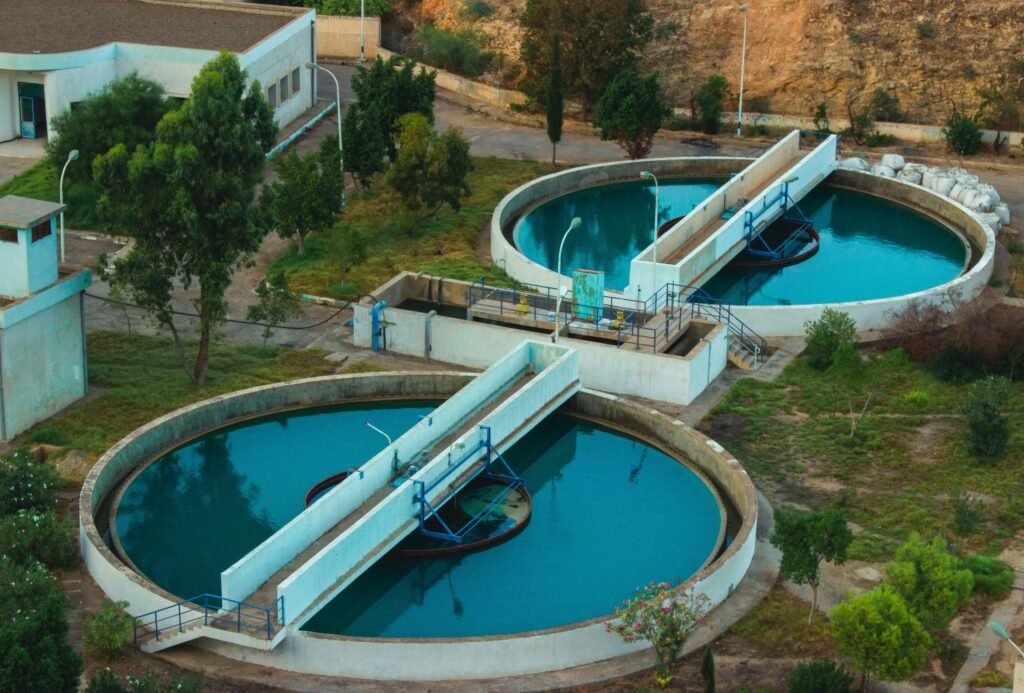
- Wastewater is used water from homes, industries, and offices that contains impurities.
- It needs to be treated before being released back into the environment.
- The treatment process involves removing solids, purifying the water, and making it safe for reuse.
- The wastewater treatment process includes steps like filtration, settling, and disinfection.
Tips for Studying Class 6 Science:
- Understand Key Concepts: Make sure to understand the basic principles behind each topic. Don’t just memorize facts—try to apply them.
- Use Diagrams: Diagrams are essential in science, especially for topics like the human body, plants, and circuits. Draw and label diagrams to enhance understanding.
- Practical Experiments: Hands-on activities and simple experiments can help reinforce theoretical knowledge. Engage in experiments where possible (e.g., making a simple circuit or growing a plant).
- Revise Regularly: Periodic revision will help reinforce concepts and improve retention.
- Ask Questions: If a topic is unclear, don’t hesitate to ask your teacher or peers for clarification.
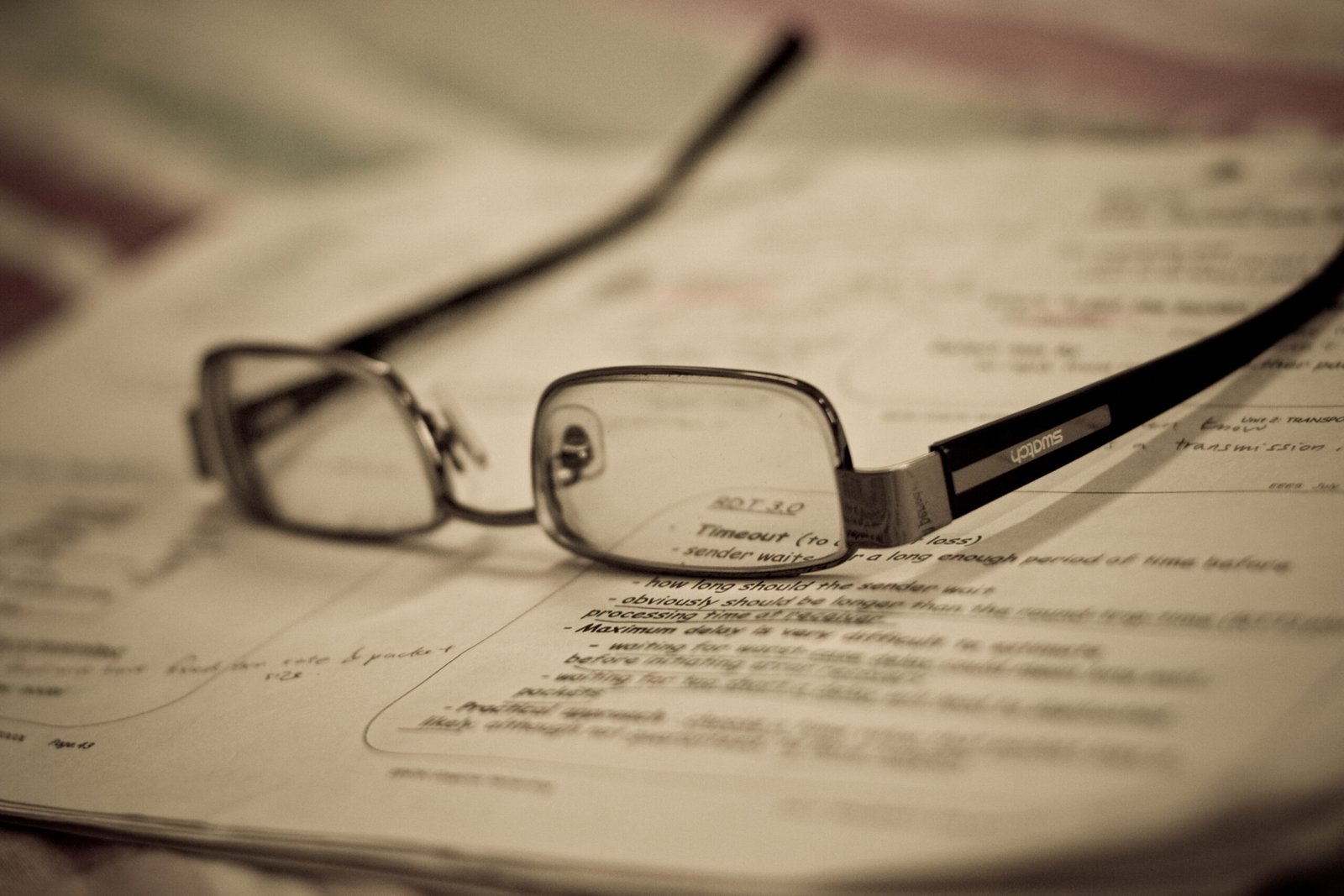
[url=byfurniture.ry]Дизайнерская мебель премиум класса[/url] — это воплощение изысканного стиля и безукоризненного качества.
Выбор дизайнерской мебели требует особого подхода. Советы профессионалов могут значительно упростить процесс выбора. Играйте с формами и стилями, чтобы подчеркнуть индивидуальность квартиры.
Агрегатор.Топ – интегратор бизнеса.
Рынок коммерческих контрактов – размещайте контракты, находите сделки.
Для развития бизнеса на портале представлен автоматизированный подбор услуг страхования, кредитования, банковских гарантий и лизинга.
Быстрая заявка в один клик – более 70 банков, 20 страховых и 30 лизинговых компаний, дистанционная заявка в один клик.
Сайт
https://aggregator.top